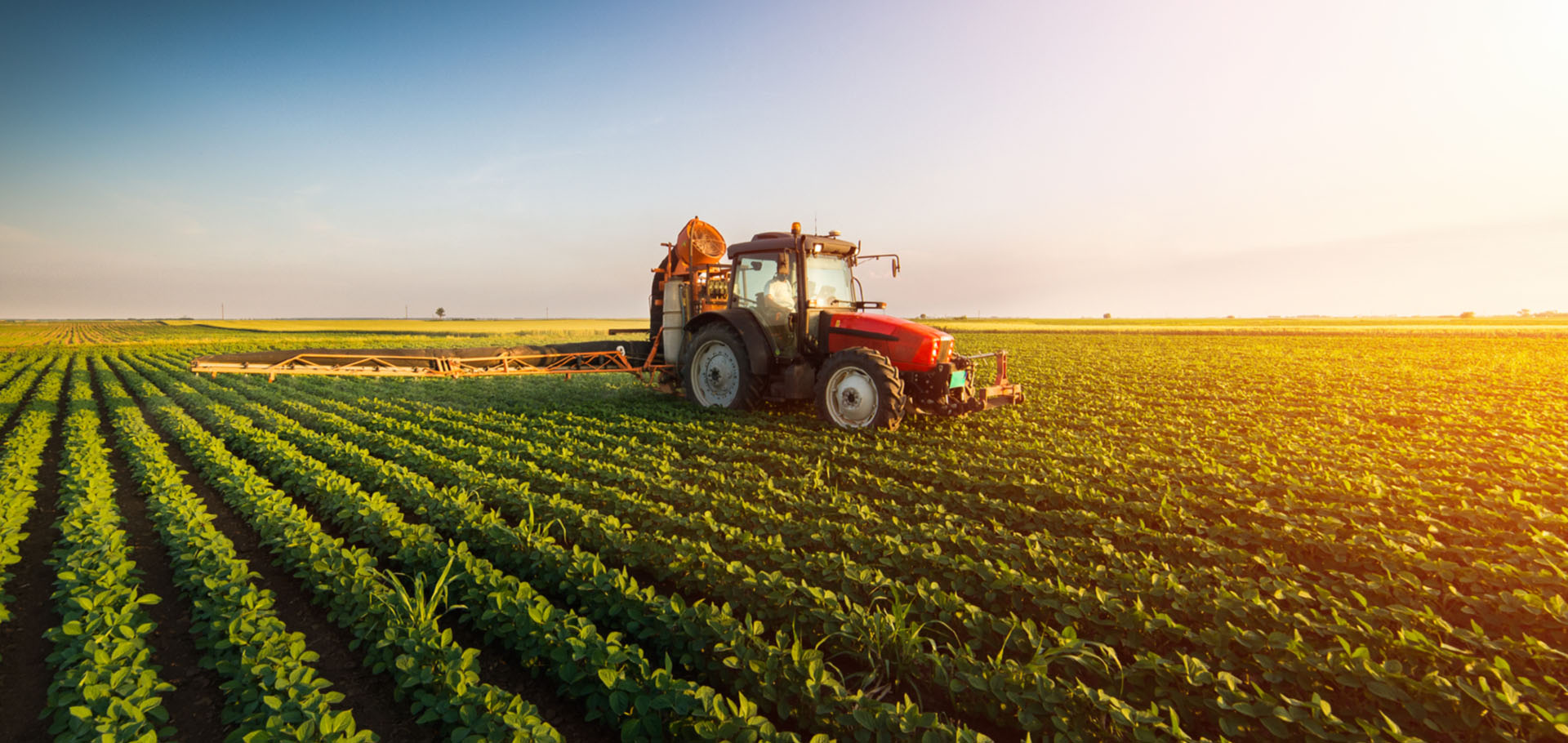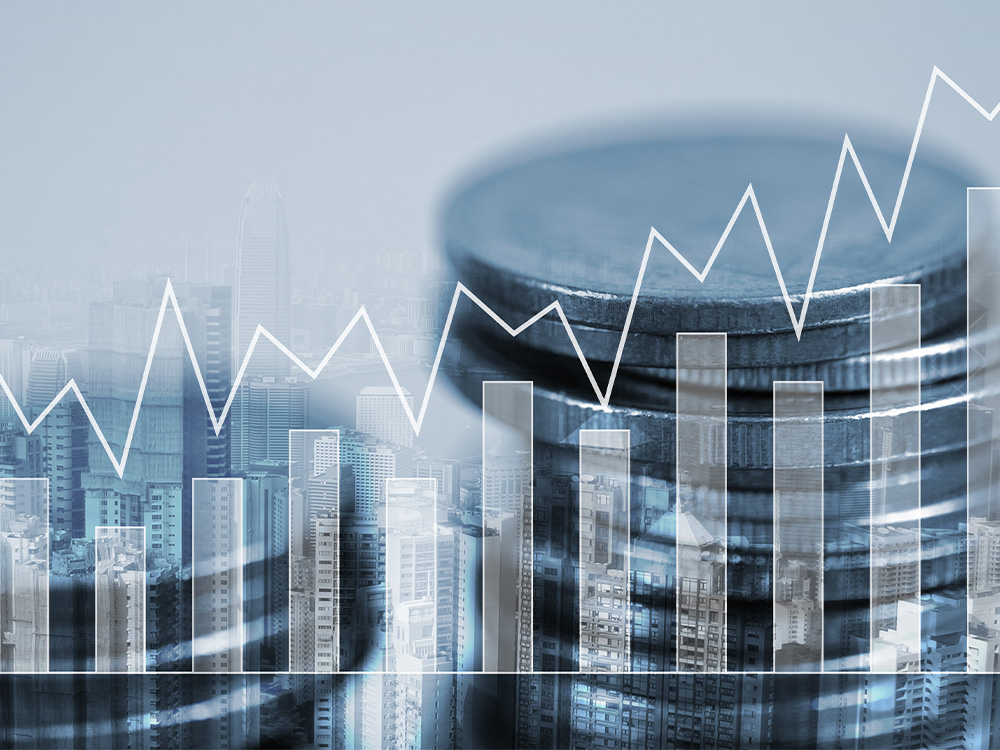Insights > Uncategorized
Uncategorized
Client Alert – Environmental, International Trade and ESG: Carbon Border Adjustment Mechanism (“CBAM”) enters into force in the European Union
May 19th, 2023

On May 17, 2023, the European Union’s Regulation 2023/956 came into force, establishing CBAM, a measure implemented to protect the European iron, steel, cement, fertilizer, energy, aluminum, and hydrogen industries, by means of the implementation of carbon taxes on foreign-produced products that are traded in the EU.
This commitment was made within the context of the European Green Deal, which establishes tax and non-tax measures.
The European Green Deal is a set of proposals aimed at adjusting the EU’s climate, energy, transport and taxation policies in order to reduce net greenhouse gas emissions (“GHG”) by at least 55% by 2030 (compared to 1990 levels) as well as for the continent to become climate neutral by 2050.
By means of the new Regulation and considering the European Green Deal, specific reduction targets have been set for the iron, steel, cement, fertilizer, energy, aluminum, and hydrogen industries. Should European industries fail to meet these targets, they will need to buy carbon credits in order to offset emissions that exceeded the limit, which is expected to raise production costs in the EU.
In light of this climate concern, the CBAM was proposed within the context of “Fit for 55” as a method to reduce carbon leakage from the European market. The aim is to prevent European products from being replaced by more carbon-intensive imports and to ensure that EU-based companies do not transfer their high-carbon-generation production to countries with less stringent climate policies. In this regard, the intention is that the European Union’s GHG reductions effectively contribute to global abatement, rather than fostering carbon-intensive foreign markets.
Importers of CBAM’s supervised products will be required to purchase carbon certificates, which are calculated from the value that their production would have contributed to the European Emissions Trading System (“EU ETS”) if their emissions were internal to the European Union. In other words, a hypothetical calculation is performed of the carbon impact that the product would have had if it had been produced in European territory, within the parameters of the EU ETS, thus generating a value that the importer must pay to introduce their product in the market. As such, this measure balances the value invested by European producers to achieve the reduction targets of the EU ETS, but without reducing their competitiveness with cheaper imported products that are intensive in carbon emissions.
The European Commission seeks to apply the Regulation gradually and continuously, allowing for a careful, foreseeable, and balanced transition for affected businesses that will allow importers to verify the effects of the rule. This will be the transition system of the CBAM, which will enter into force on October 01, 2023.
During this transition period, importers of the materials listed above will only be required to report direct and indirect GHG emissions, including those from their production chain (Scope 3[1] )However, indirect emissions for cement and fertilizers will only be reported at later stages.
The permanent system of the CBAM will come into effect on January 01, 2026, after which importers of the products must submit, annually, a statement of the embedded emissions of goods imported into the customs territory of the European Union and would surrender the number of CBAM certificates which correspond to those declared emissions.
Demarest’s Environmental, ESG, and International Trade and Customs teams are available to provide further information and clarify any questions concerning this topic.
[1] According to the Recommendations of the Task Force on Climate-Related Financial Disclosures, Scope 1 GHG emissions are all of a company’s direct emissions; Scope 2 are the indirect emissions arising from the consumption of purchased electricity, heat, or steam; and Scope 3 are the remaining indirect emissions, including those from other, upstream or downstream, stages in the value chain.
Related Partners
Related Areas
















